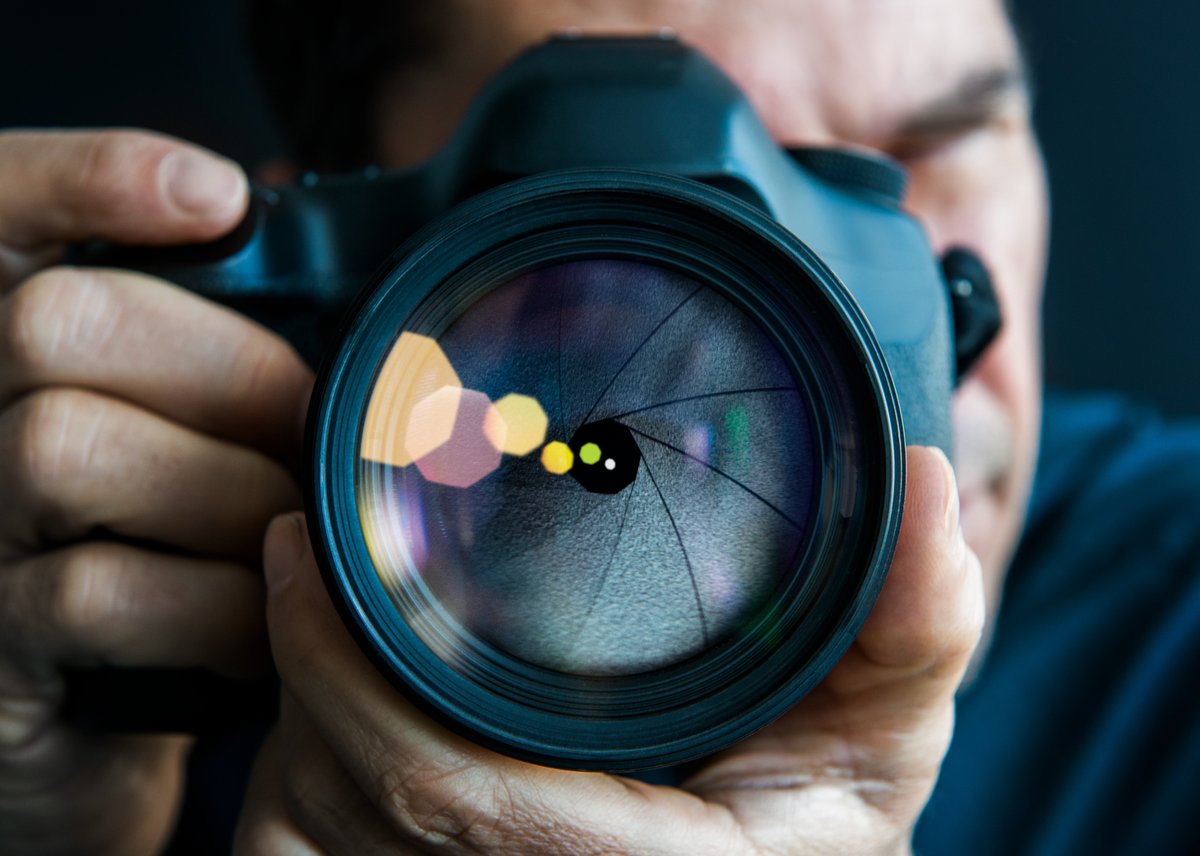Insightful Bytes
Exploring the world one byte at a time.
Say Cheese: The Sneaky Language of Camera Smiles
Uncover the secret behind camera smiles! Discover why we say cheese and the playful language of capturing the perfect shot.
The Psychology Behind the Perfect Smile: What Makes Us Say Cheese?
The perfect smile is often associated with positivity and attractiveness, influencing how others perceive us. Psychology suggests that a smile triggers a cascade of emotional responses, both for the individual smiling and those witnessing it. Research has shown that a genuine smile can produce feelings of joy and improve mood due to the release of neurotransmitters like dopamine and serotonin. This social phenomenon is rooted in evolutionary psychology, where a smile signifies safety and friendliness, encouraging social bonding. As highlighted by Psychology Today, we are naturally drawn to those who express warmth and approachability through their smiles.
Moreover, the cultural significance of a smile can vary but universally evokes a sense of connection. Studies indicate that people who smile are often perceived as more competent, trustworthy, and attractive, which plays a crucial role in social interactions and relationships. A study published in the National Institutes of Health found that even virtual smiles in online communications can positively affect perceptions and engagement. Therefore, understanding the psychology behind the perfect smile not only enhances our social dynamics but also promotes an atmosphere of positivity, making us all more inclined to say “cheese!”

10 Tips for Capturing the Best Camera Smiles: Tricks of the Trade
Capturing the best camera smiles is an art that can greatly enhance your photography skills. Here are 10 tips that can help you achieve those perfect shots:
- Build Rapport: Establish a connection with your subject to make them feel comfortable. Share a joke or a personal story to lighten the mood.
- Use Natural Light: Soft, natural light can create a flattering and genuine smile. Try shooting during the golden hour, right after sunrise or before sunset, for the best results.
- Be Patient: Sometimes, it takes a moment for your subject to relax. Wait for them to settle into the moment before capturing the shot.
- Encourage Movement: Asking the subject to move slightly can produce more natural expressions. Try simple prompts like “turn your head a little” or “take a step forward.”
- Use a Candid Approach: Candid shots often capture the most genuine smiles. Don’t be afraid to shoot when your subject is engaged in an activity or conversation.
Additionally, consider the following tips to enhance your photography:
- Utilize Props: Props can encourage smiles and laughter. Whether it’s a fun hat or a quirky sign, incorporating props can lighten the atmosphere.
- Practice Timing: Understanding when to click the shutter is crucial. Wait for the peak moment when the smile is wide and genuine.
- Pay Attention to Eye Contact: Ensure your subject is looking at the camera or engaging with others to create a connection in the image.
- Review and Adjust: Take test shots and quickly review them to see what works. Adjust your approach based on the reactions you observe.
- Keep it Fun: Ultimately, the most important tip is to keep the experience enjoyable. A relaxed and happy subject will always yield the best smiles. For more tips on photography techniques, you can refer to Digital Photography School.
Why Do We Smile on Command? Unpacking the Science of Camera Smiles
Smiling on command, especially for the camera, is a fascinating behavioral phenomenon rooted in both psychology and social dynamics. According to the American Psychological Association, a smile can serve as a crucial nonverbal cue, eliciting positive emotions and fostering social bonds. When instructed to smile, individuals often rely on practiced techniques rather than genuine feelings. This form of smile can sometimes be called a 'social smile', as it occurs in response to social expectations rather than real joy.
Interestingly, the science behind why we smile on command also ties into the concept of facial feedback theory. Research published in the American Journal of Psychology suggests that the mere act of smiling, even when forced, can activate the brain's reward center, making us feel happier. This means that the next time you are asked to smile for the camera, remember that it might just give your mood a boost—even if the smile isn't entirely genuine. The intricate interplay between facial expressions and emotions demonstrates just how deeply interconnected our bodies and minds truly are.